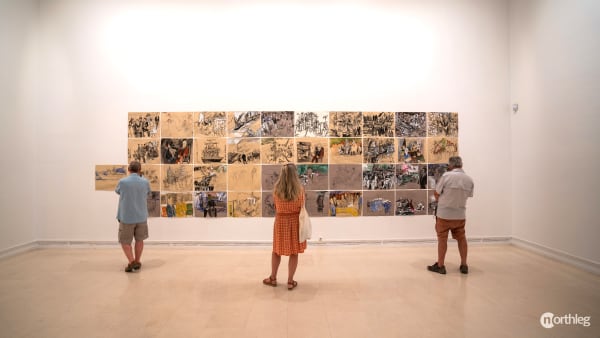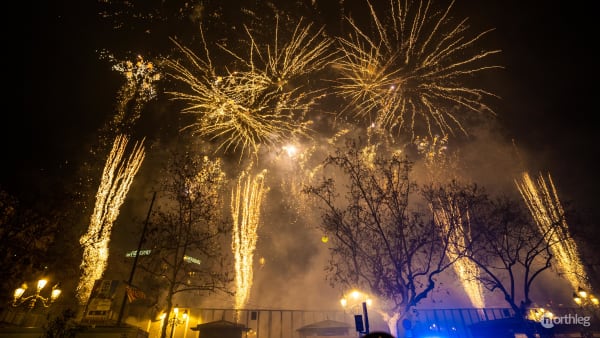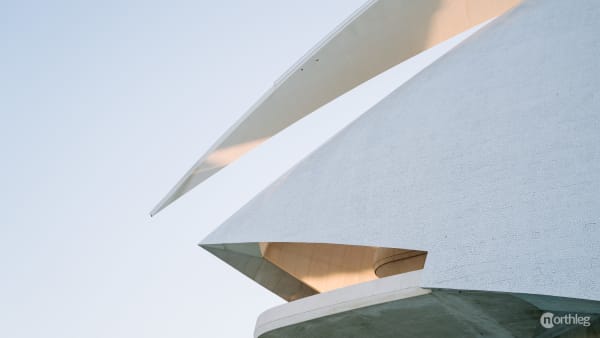City of Arts and Sciences
At the end of the old Turia riverbed lies one of the most iconic destinations in Valencia. A futuristic complex, bringing together heritage and innovation, devoted to science, art and culture.
City of Arts and Sciences
At the end of the old Turia riverbed lies one of the most iconic destinations in Valencia. A futuristic complex, bringing together heritage and innovation, devoted to science, art and culture.
The City of Arts and Sciences is an ensemble of six areas built at the end of the dry Turia river bed, now turned into a public park. Like almost all sights in Valencia its name has two variations, one in Spanish (Ciudad de las Artes y las Ciencias), and one in Valencian (Ciutat de les Arts i les Ciències).
Designed mostly by internationally renowned architect Santiago Calatrava , this city of glass and white steel is an impressive example of modern, biomorphic architecture, and has become one of Valencia’s most recognisable symbols.
The City of Arts, with its museums and cultural centres, is surrounded by promenades and pools of water. Locals and visitors alike can be found strolling in the area day and night, relaxing and admiring the otherworldly, clean-cut architecture.
The whole complex is thematically tied together by the water elements. Aesthetically, the city is brought alive by the integration of sleek, hyper-modern lines and the taste for biomorphic shapes and traditional heritage elements.
The intensity and weight of the solid, white concrete pillars and smooth surfaces come together with the suspended elements, arches, bridges, staircases and raised promenades. Everything is surrounded by the fluidity of water in the reflecting pools, shiny glass and traditional mosaic tiles.
This technique in particular, known as trencadís, is a modernist Spanish tradition, widely used over many of the concrete surfaces.

The huge scale, the repeated sharp lines, and the integration of open spaces give the complex an alien, labyrinthic feel. At the same time the smooth, natural shapes and patterns remind us of natural, organic elements: flowers, marine creatures, the human body.
The City’s rigour and smoothness, dwarfing proportions and blinding whites, its symmetry and reflective surfaces, can easily make us feel as if we’re in the presence of something otherworldly and enigmatic, maybe from a distant future, or maybe even prehistoric.
The ensemble truly lives up to its name, allowing its visitors to appreciate the precision, the calculation, the choreography that all go into art; and the imagination, vision, and creativity that go into the craft and science of architecture.














